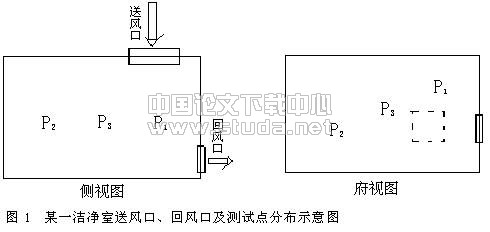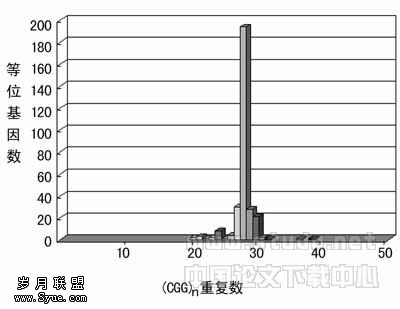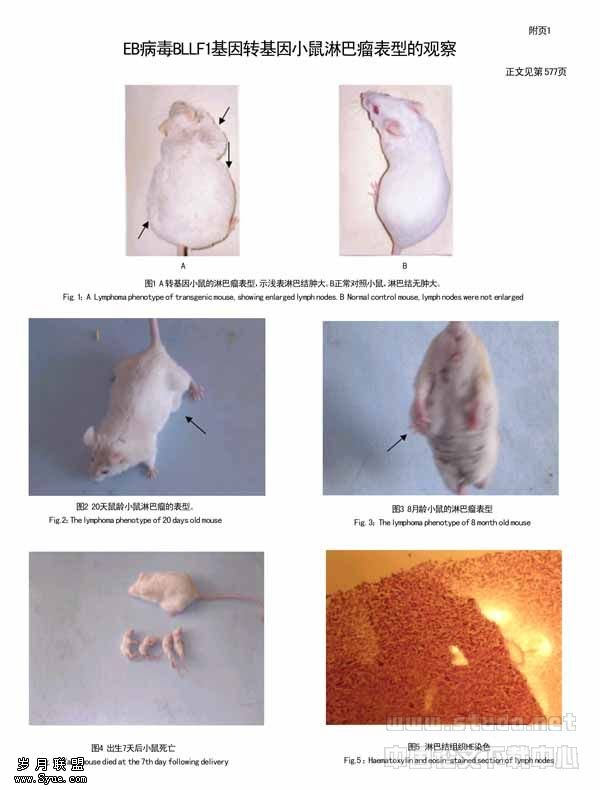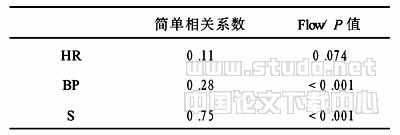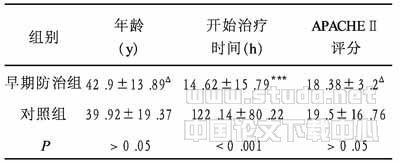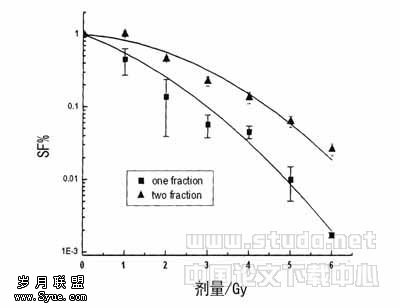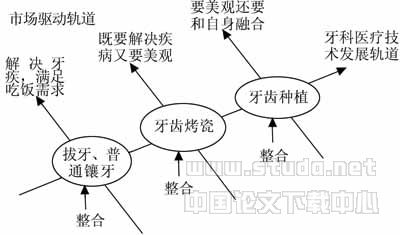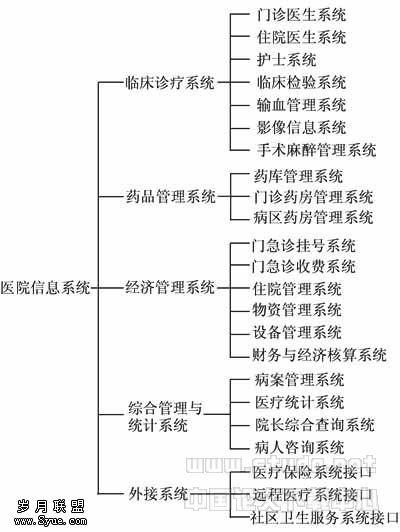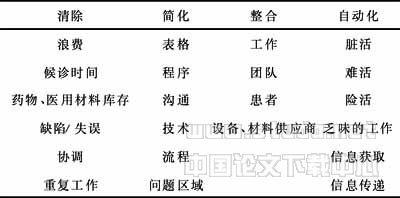天津市人群2型糖尿病患病率以及葡萄糖调节受损状况调查初析
【摘要】 目的 探讨天津市2型糖尿病患病情况及葡萄糖调节受损发生状况。方法 2005年6月~9月对天津市市区和乡镇15~74岁,居住5年及5年以上的居民,进行按比例分层整群抽样调查21454人。对抽样人群进行问卷调查、血糖测定以及体格检查。 结果 此次调查结果显示,糖尿病患病率为6.07%(标化率为5.87%),其中男性为5.12%(标化率为4.83%),女性为6.95%(标化率为6.59%)。IFG患病率为5.61%,其中男性为5.32%,女性为5.89%,差异无显著性;IGT患病率为2.91%,其中男性2.59%,女性3.20%,差异无显著性。结论 此次天津市抽样调查结果表明,天津市2型糖尿病的人群患病率以及糖调节受损患病率与国内大城市水平近似。
【关键词】 2型糖尿病;葡萄糖调节受损;人群患病率
【Abstract】 Objective To investigate the prevalence of type 2 diabetes and IFG, IGT in Tianjin.Methods A cross-sectional study was conducted in Tianjin from June to September in 2005. The multi-phasic stratified cluster sampling method was adapted. Finally 21454 people (9986 males, 10755 females) were selected as survey sample. Information was collected through face-to-face questionnaire interview, and fasting glucose level, 2h post prandial blood glucose and some other pysical examination results were collected at the same time.Results In this study, the prevalence of type 2 diabetes which based on the criterion of FBG≥7.0mmol/L is 6.07%(standardized prevalence: 5.87%), in which the prevalence in male is 5.12%(standardized prevalence:4.83%) and in female is 6.95%(standardized prevalence: 6.59%). And both of the prevalence in female is higher than the male. The prevalence of IFG in the population is 5.61% (5.32% in male, 5.89% in female). The prevalence of IGT is 2.91%(2.59% in male , 3.20% in female),and the prevalence of female is statistic significantly higher than male.Conclusion This study suggests that the prevalence of type 2 diabetes and IFG, IGT in Tianjin is similar to the level of the other big cities in China.
【Key words】 type 2 diabetes;IGT(impaired glucose tolerance);prevalence
随着社会和人们生活方式的变化,糖尿病(diabetes mellitus,DM)的流行已经成为21世纪全球性卫生问题一大挑战 。目前我国糖尿病患者人数仅次于印度,高居世界第二,即将发展成为糖尿病的糖代谢异常人数也与日俱增 [1]。关于2型糖尿病的流行病学调查在国际国内早已广泛开展[2~6],天津市尚无全市人群基线资料。本文对天津市市区和乡镇15~74岁且在天津市居住5年及5年以上人群按比例分层整群抽样,21454人对糖尿病IFG、IGT的患者病情进行了调查,现分析报告如下。
1 对象与方法
本次研究靶人群为天津市市区和乡镇15~74岁且在天津市居住5年及5年以上的居民,2005年6月~9月参照1996年全国11省市4万人群(20~74岁)糖尿病抽样调查所采用的“糖尿病流行病学调查操作指南”,按比例分层整群抽样21454人(男9986人,女10755人),对糖尿病、IFG、IGT的患病情况进行了调查。诊断标准采用1999年WHO、IDF公布,同年得到中华医学会糖尿病学会等认同的糖尿病诊断标准。此次调查中以空腹血糖≥7.0mmol/L或餐后2h血糖≥11.1mmol/L为糖尿病; 以餐后2h血糖≥7.8及<11.0mmol/L为IGT; 以空腹血糖≥6.1及<7.0mmol/L为IFG。
流行病学调查表资料用Epi Data软件包完成数据录入,数据录入过程中采取了双录入,复核后,建立统一的SPSS数据库。分析中采用SPSS11.5统计软件包进行数据分析。
2 结果
此次调查中,对天津市抽样调查人群进行抽样调查,以空腹血糖≥7.0mmol/L或餐后2h空腹血糖≥11.1mmol/L为诊断标准分析糖尿病患病率。以餐后2h血糖≥7.8及<11.0mmol/L为诊断标准计算分析IGT患病率; 同时以空腹血糖≥6.1及<7.0mmol/L为诊断标准计算分析IFG患病率。
2.1 2型糖尿病患病率情况 此次调查中2型糖尿病患病率为6.07%,其中男性为5.12%,女性为6.95%(χ2=30.67,P=0.00)。见表1表1 不同年龄的糖尿病患病率 ( 略)χ2=14.93,P=0.00 χ2=19.49,P=0.00 χ2=24.53,P=0.00
2.2 IFG、IGT患病情况 此次调查中IFG的人群患病率为5.61%,其中男性为5.32%,女性为5.89%,差异无显著性(χ2=9.97,P=0.07);IGT患病率为2.91%,其中男性2.59%,女性3.20%,差异有显著性(χ2=12.56,P=0.04)。IFG和IGT的患病率均随年龄增高有上升趋势。见表2、表3。 表2 不同年龄的IFG患病率( 略)表3 不同年龄的IGT患病率( 略)
3 讨论
关于糖尿病患病率情况,在我国1978~1979年全国l4省市40万人口调查,糖尿病患病率低于1%,以后逐年攀升,2000~2001年间上海、北京、广州、青岛等发达城市调查结果表明的糖尿病患病率已高达4.16%~11%[7,12~17]。此次调查结果表明,天津市糖尿病患病率为6.07%(标化率为5.87%),其中男性为5.12%(标化率为4.83%),女性为6.95%(标化率为6.59%),与国内经济水平近似大城市近年来的调查数据相当。
IFG是空腹血糖受损,体现的是基础状态的代谢水平;IGT是糖耐量异常,体现糖负荷后的代谢状态,二者可以合并称为葡萄糖调节受损(IGR)。有报道,70%左右的IGT者可同时表现为IFG。此次调查中,约有半数IGT者同时表现为IFG。二者在年龄分布、转归为糖尿病以及合并动脉硬化等方面存在不同,在临床上也有不同的指导意义。全球范围内不仅糖尿病患病在不断增加,IGT和IFG的患病也呈增加趋势,19%~60%的IGT者会在5~10年间转为糖尿病,这些血糖异常状态也正日益引起人们的高度重视[9,30]。国内外调查结果表明,近年来IFG患病率分布在2.07%~15.88%, IGT患病率则在2.07%~7.8%,且都有随年龄增加而增高的特点[7~44]。此次调查中,IFG患病率为5.61%,其中男性为5.32%,女性为5.89%;IGT患病率为2.91%,其中男性2.59%,女性3.20%。与前人研究报道结果吻合。IFG和IGT的患病率均随年龄增高呈上升趋势,更加印证了国内外研究报道的相关结果。
【】
1 Wild S, Roglic G, Green A, et al. Global Prevalence of Diabetes:Estimates for the year 2000 and projections for 2030. Diabetes Care,2004,27:1047-1053.
2 中华医学会糖尿病学分会糖尿病慢性并发症调查组.全国住院糖尿病患者慢性并发症及其相关危险因素10年回顾性调查分析.糖尿病杂志,2003,11(4):232-237.
3 Dunstan DW, Zimmet PZ, Welborn TA,et al. The rising prevalence of diabetes and impaired glucose tolerance: the Australian Diabetes, Obesity, and Lifestyle Study. Diabetes Care, 2002,25: 829-834.
4 Sekikawa A, Eguchi H, Tominaga M,et al. Prevalence of type 2 diabetes mellitus and impaired glucose tolerance in a rural area of Japan: the Funagata Diabetes Study. J Diabetes Complications, 2000, 14: 78-83.
5 Barcelo A, Carmen Daroca M, RiberaR, et al. Diabetes in Bolivia. Pan Am J Public Health,2001,10:318-322.
6 Harris MI, Flegal KM, Cowie CC, et al. Prevalence of diabetes, impaired fasting glucose, and impaired glucose tolerance in U.S. adults: the Third National Health and Nutrition Examination Survey, 1988-1994. Diabetes Care,1998, 21:518-524.
7 王克安,李天麟,向红丁,等.中国糖尿病流行病学特点研究.中华流行病学杂志,1998,19 (5):283-285.
8 尹香君,焦淑芳,谢瑾,等.北京地区2型糖尿病患者病情控制方法及并发症的现状. 中华流行病学杂志,2003,24(11):1068-1069.
9 邓尚平. 临床糖尿病学. 成都: 四川技术出版社,2000,214.
10 全国糖尿病研究协作组调查研究组. 全国14省市30万人口中糖尿病调查报告. 中华内科杂志,1981,20(11):678-683.
11 青岛市糖尿病流行病学调查组.青岛地区20~74岁人群糖尿病患病率调查.中华糖尿病杂志,2004,12(5):344-347.
12 Sarah Wild, Gojka Toglic, Anders Green, et al. Global prevalence of diabetes. Diabetes Care, 2004,27:1047-1053.
13 全国糖尿病防治协作组.1994年中国糖尿病患病率及其危险因素.中华内科杂志,1997,36(6):384-389.
14 盛正妍,刘嵋,王熠非,等.上海市市区9376成人中糖尿病患病率调查研究.中国糖尿病杂志,2001,9(4):214-217.
15 杨泽,郑宏,高芳坤,等.北京地区中老年人糖尿病和IGT患病率与增龄相关性的分析. 中国糖尿病杂志,2002,10(2):69-73.
16 胡如英,韩晓军,钟节鸣,等. 浙江两社区居民2型糖尿病患病率及危险因素研究. 疾病监测,2005,20(3):151-153.
17 朱秀芬,刘丹,孙克,等. 大连市2型糖尿病现况调查. 中国慢性病预防与控制,2002,10(4):178-179.
18 Forouhi NG,Merrick D. Diabetes prevalence in England, 2001-estimates from an epidemiological model. Diabet Med,2006, 23(2):189-197.
19 Pontiroli AE, Pizzocri P. Evaluation of insulin release and insulin sensitivity through oral glucose tolerance test: differences between NGT, IFG, IGT, and type 2 diabetes mellitus. A cross-sectional and follow-up study. Acta Diabetol,2004,41(2):70-76.
20 章一丰,王吉玲,陈奇峰,等. 绍兴市居民糖尿病危险因子与2型糖尿病患病率的观察. 中国预防医学杂志,2004,5(5):387-388.
21 Rabi DM,Edwards AL. Association of socio-economic status with diabetes prevalence and utilization of diabetes care services. BMC Health Serv Res,2006, 6:124.
22 Margerite J, Edward J. Type 2 diabetes prevalence in Asian Americans. Diabetes Care,2004,27(1): 66-70.
23 Chi Zhisheng.Some aspects of diabetes in the People’s Republic of China-a perspective from Beijing. Diabetes in Epidemiological perspective. Churchill Livingstone Publisher. Edinburgh, London.Medlbourne and New York,1983,78-86.
24 国家“九五”攻关计划糖尿病研究协作组.中国12个地区中老年人糖尿病患病率调查. 中华内分泌代谢杂志,2002,18(4):280-285.
25 张愈,申长虹,黄金虎,等. 2004年天津市15岁以上居民健康体检结果分析. 中国慢性病预防与控制,2005,14(6): 386-388.
26 Enzo Bonora, Stefan Kiechl, Johann Willeit, et al. population -based incidence rates and risk factores for type 2 diabetes in white individuals. Diabetes, 2004,53: 1782-1790.
27 Symeonidis G, Papanas N. Evidence that patients at diagnosis of type 2 diabetes mellitus in Northern Greece are increasingly younger and more obese during the last years. Acta Diabetol,2003,40(1):1-2.
28 高晓虹,宋桂荣,辛萍,等. 大连地区2型糖尿病危险因素的非条件Logistic回归分析. 疾病控制杂志,2002,6(1):54-56.
29 宋桂荣,刘红波. 2型糖尿病部分危险因素的Meta分析. 中国卫生统计,2004,21(5):307-308.
30 邹宇华,张弛,张冬梅,等. 2型糖尿病危险因素的非条件Logistic回归分析. 中国慢性病预防与控制,2005,12(1):12-14.
31 吴先萍,杨晓妍,张宁梅,等. 2型糖尿病危险因素及作用方式研究. 中国慢性病预防与控制,2005,12(1):9-11.
32 Hu G,Jousilahti P,Peltonen M, et al. Joint association of coffee consumption and other factors to the risk of type2 diabetes: a prospective study in Finland. International Journal of Obesity,2006,30(12):1742-1749.
33 Liu DP, Molyneaux L. Retinopathy in a Chinese population with type 2 diabetes: factors affecting the presence of this complication at diagnosis of diabetes. Diabetes Res Clin Pract,2002,56(2):125-131.
34 黄丽青,冉燕雪. 广州市糖尿病患病情况调查. 中国医学杂志,2004,14(17):91-93.
35 关美萍,李晨钟,薛耀明,等. 2型糖尿病合并高血压病患者尿微量白蛋白患病率研究. 第一军医大学学报,2005,25(2):234-235.
36 施卫星,李秀央,李杰.糖尿病患者慢性并发症患病率及相关因素分析. 中华流行病学杂志,2004,25(1): 60.
37 胡传峰,李立明. 2型糖尿病体质因素流行病学研究进展. 中国糖尿病杂志,2001,9(1):52-54.
38 American diabetes association. Screening for type 2 diabetes. Diabetes Care,2004,27:11-14.
39 Robert L, Hanson, Giuseppina,et al. components of the "metabolic syndrome" and incidence of type 2 diabetes. Diabetes,2002,51: 3120-3128.
40 Bener A, Zirie M. Genetics, obesity, and environmental risk factors associated with type 2 diabetes.Croat Med J,2005,46(2):302-307.
41 Bonora E, Kiechl S. Population-based incidence rates and risk factors for type 2 diabetes in white individuals: the Bruneck study. Diabetes,2004,53(7):1782-1789.
42 The diabetes prevention program research group. Strategies to identify adults at high risk for type 2 diabetes. Diabetes Care,2005,28(1): 138-144.
43 Russell Harris, Katrina Donahue, Saif S Rathore, et al.Screening adults for type 2 diabetes: a review of the evidence for the U.S. preventive services task force. Annals of Internal Medicine,2003,138(3): 215-235.
44 Davey Smith G, Bracha Y. Incidence of type 2 diabetes in the randomized multiple risk factor intervention trial.Ann Intern Med,2005,142(5):313-322.
